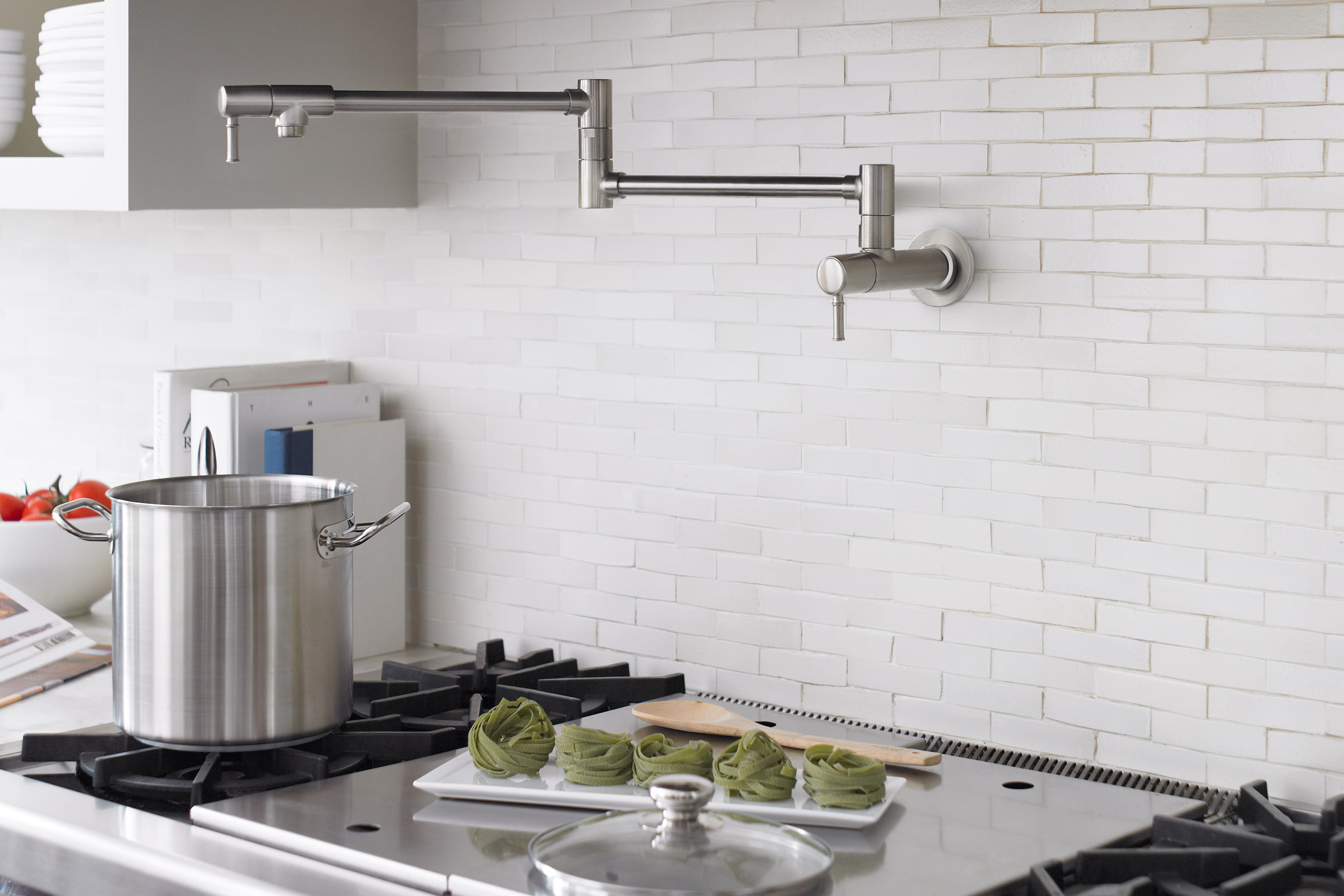Plant fillers for pots are essential components of container gardening, offering numerous benefits for both plants and the overall aesthetic appeal. These materials enhance drainage, improve moisture retention, promote root aeration, and add visual interest to potted arrangements. Understanding the types, selection criteria, and uses of plant fillers empowers gardeners to create thriving and visually stunning container gardens.
From organic matter like compost and bark to inorganic materials like perlite and pumice, a wide range of plant fillers are available, each with unique characteristics. The choice of filler depends on factors such as pot size, plant type, drainage requirements, and desired aesthetics. By matching the right filler to the specific needs of plants and pots, gardeners can optimize plant growth and longevity.
Types of Plant Fillers for Pots

Selecting the appropriate plant filler for pots is crucial to ensure optimal plant growth and health. Various types of fillers are available, each with unique characteristics, benefits, and drawbacks. Understanding these differences allows gardeners to make informed choices based on their specific needs and preferences.
Organic Fillers
- Compost: Decomposed organic matter rich in nutrients and beneficial microorganisms. Improves soil structure, water retention, and drainage.
- Peat Moss: Partially decomposed plant material with high water-holding capacity. Can acidify the soil and may require additional nutrients.
- Bark: Shredded bark from trees, such as pine or fir. Provides aeration and drainage, but can decompose slowly and may deplete nitrogen.
- Coconut Coir: A sustainable alternative to peat moss made from coconut husks. Excellent water retention and drainage properties.
Inorganic Fillers
- Perlite: A lightweight, volcanic rock that improves drainage and aeration. Does not retain water or nutrients.
- Vermiculite: A mineral that absorbs and retains water and nutrients. Can help prevent overwatering.
- Hydroponic Clay Pebbles: Expanded clay balls used in hydroponic systems. Provide support for plants and excellent drainage.
- Sand: Coarse-grained material that improves drainage but can compact over time, reducing aeration.
Combinations
Combinations of organic and inorganic fillers can offer the benefits of both types. For example, mixing compost with perlite improves water retention while maintaining aeration. Blending peat moss with vermiculite provides both moisture and nutrient retention.
Choosing the Right Plant Fillers for Pots

Selecting the appropriate plant fillers for pots is crucial for the health and aesthetic appeal of your potted plants. Consider the following factors when making your choice:
Pot Size
The size of the pot determines the amount and type of plant filler required. Smaller pots may only need a thin layer of filler, while larger pots can accommodate a thicker layer.
Plant Type
Different plant species have varying drainage requirements. Cacti and succulents prefer well-draining soil, while ferns and orchids thrive in moisture-retentive substrates.
Drainage Requirements
Adequate drainage is essential to prevent root rot. Choose plant fillers that allow excess water to drain freely, such as perlite, pumice, or gravel.
Aesthetic Preferences
Plant fillers can also enhance the visual appeal of your pots. Consider the color, texture, and shape of the filler to complement the plant and pot.
Matching Fillers to Plants and Pots
Here are some guidelines for matching specific plant fillers with different types of plants and pots:
- For cacti and succulents, use a well-draining mix of perlite, pumice, and sand.
- For ferns and orchids, choose a moisture-retentive substrate such as sphagnum moss or coconut coir.
- For larger pots, consider using a combination of organic and inorganic fillers, such as compost mixed with perlite.
- For decorative purposes, use colored gravel or crushed stone as a top dressing to enhance the visual appeal of the pot.
Long-Term Performance and Maintenance
Consider the long-term performance and maintenance requirements of different plant fillers. Some fillers, such as peat moss, may decompose over time, requiring regular replacement. Inorganic fillers, such as perlite and pumice, are more durable and require less maintenance.
Benefits and Uses of Plant Fillers for Pots

Plant fillers play a crucial role in enhancing the health and aesthetics of potted plants. They offer numerous benefits, including:
Improved Drainage
Plant fillers aid in draining excess water from pots, preventing waterlogging and root rot. They create air pockets within the soil, allowing water to percolate and drain away from the root zone. This is especially beneficial for plants that are sensitive to overwatering.
Moisture Retention
Plant fillers also help retain moisture in the soil, preventing it from drying out too quickly. They absorb and store water, releasing it gradually to the plant roots as needed. This is particularly useful in hot, dry climates or for plants that require consistent moisture levels.
Root Aeration
Plant fillers improve root aeration by creating air pockets within the soil. This allows oxygen to reach the plant roots, which is essential for healthy root development and nutrient uptake. Good root aeration prevents root suffocation and promotes overall plant health.
Aesthetic Appeal, Plant fillers for pots
In addition to their practical benefits, plant fillers can also enhance the aesthetic appeal of potted plants. They add texture, color, and interest to pots, creating visually appealing arrangements. Plant fillers can be used to complement the foliage and flowers of plants, or to create contrast and add visual depth.
Creative Ideas
There are many creative ways to use plant fillers in pots. Here are a few ideas:
- Use different colors and textures of plant fillers to create a layered effect in pots.
- Incorporate small stones or pebbles into plant fillers to add a touch of sparkle and interest.
- Add organic materials such as bark or wood chips to plant fillers to create a natural and rustic look.
- Use plant fillers to create mini landscapes in pots, with different plants and fillers representing different elements of nature.
